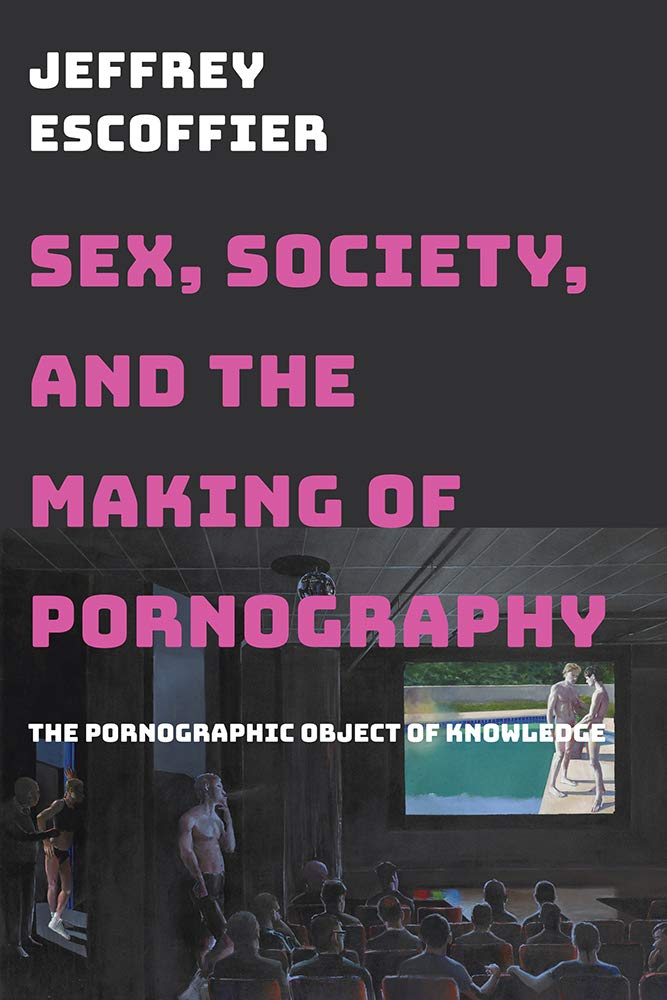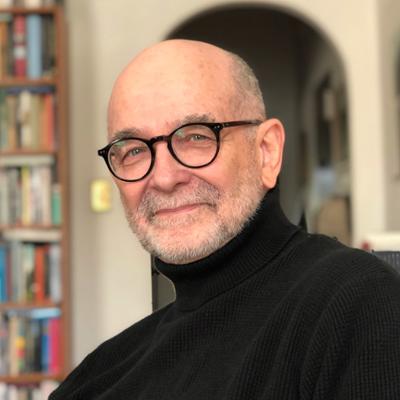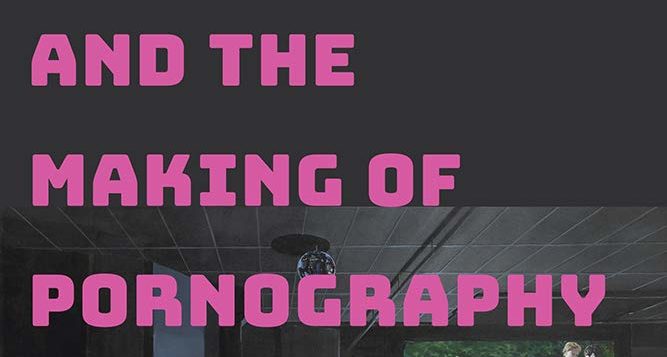 SEX, SOCIETY, AND THE MAKING OF PORNOGRAPHY
SEX, SOCIETY, AND THE MAKING OF PORNOGRAPHY
The Pornographic Object of Knowledge
by Jeffrey Escoffier
Rutgers Univ. 217 pages, $27.95
JEFFREY ESCOFFIER [who is interviewed in this issue]is one of the founders of LGBT studies and an early promoter of lesbian and gay writers. His career has spanned diverse fields, from his graduate work in economics in the 1970s when he also became active in gay academics and politics. After moving to San Francisco in the late 1970s, he co-founded the Lesbian and Gay History Project, and eventually became the editor of the Socialist Review. In 1988, he started OUT/LOOK: A National Lesbian and Gay Quarterly, which seeded OutWrite, an exciting series of conferences of LGBT writers that met annually in San Francisco. It was a time when LGBT publications grew exponentially (for example, the first incarnation of this journal appeared in 1993). It was also the bleakest time of the AIDS epidemic. Escoffier moved to New York City in the mid-1990s working for the Department of Health and Mental Hygiene in the division focused on gay and lesbian health. From 2000 to 2015 he was its Director of Health and Media and Marketing, targeting multiple public health concerns. As an independent scholar, he has written monographs and edited collections on diverse topics from a short biography of John Maynard Keynes to a collection of essays on choreographer Mark Morris. His main focus has been on the American gay community and gay sexuality.
Sex, Society, and the Making of Pornography collects nine essays published since 2003 with insights from his major work on pornography, Bigger Than Life: The History of Gay Porn Cinema from Beefcake to Hardcore (2009). His theoretical foundations are eclectic: from psychoanalysis, to sociology, to cultural studies. However, Escoffier’s writing is always engaging and accessible. This volume can serve as an excellent introduction both to Escoffier’s work and the broader scholarship on pornography (gay, straight, and trans).
The first half is historically focused on American film pornography, making the case that it is a legitimate object of historical study. The first extant hardcore movie (i.e., depicting genital penetration) is a silent film from the early 1920s. Since then, video porn has grown in volume and diversity, moving from films projected in porn theaters to video cassettes for home viewing in the 1980s, and later to the explosion of pornography with the Internet (from bootlegged professional productions to live cam performers). Escoffier focuses primarily on the importance of pornography to the sexuality of gay men and men who have sex with men (MSM).

In the era of projected porn, cinemas were places for sexual encounters both gay and straight in the theater or with sex workers nearby. Between Stonewall and the AIDS epidemic, the gay sexual revolution was reflected in the films of a handful of directors in the 1970s. This “homo-realist” porn (as Escoffier aptly describes it), commonly set on the piers, beaches, and bathrooms of New York, was simultaneously documentaries of the easy, anonymous sex of the time and sexual scenarios that gay men could emulate. As Escoffier stresses repeatedly, porn actors alternate in the viewers’ imagination between objects of desire and objects of identification. In contrast to this psychological interpretation, Escoffier relies on the notion of “sexual scripts” developed by sociologists William Simon and John Gagnon. Escoffier succinctly describes the three forces that shape sexuality: “cultural scenarios provide instruction on the narrative requirements of broad social roles; interpersonal scripts are institutionalized patterns in everyday social interaction; and intrapsychic scripts are those that an individual uses in his or her dialogue with cultural and social behavioral expectations.” Escoffier argues that the AIDS epidemic scared people away from porn theaters, and the porn industry switched from projected films to video cassettes (VHS and Betamax), and later to DVD.
The second group of chapters shifts the time frame to the 1980s with a shift to a more quantitative analysis and an examination of the techniques involved in producing and performing in porn. The number of adult video titles started to take off in the 1990s until the 2008 recession, with the vast majority of production occurring in the San Fernando Valley of Los Angeles (depicted in the 1997 movie Boogie Nights). From the data available, Escoffier estimates that the industry took in hundreds of new female performers per year, but the number of new male actors remained fairly flat at fewer than a hundred per year. Then and now, youthful looks and novelty dictate shorter careers for women than for men (on average six years for women and twelve for men). A large penis, the ability to maintain an erection, and producing the “money shot” almost on command can prolong a man’s career. Although women earn more on average per performance than men, earnings from porn are not sufficient on their own. Actors need to rely on other sources, most commonly dancing/stripping or escort services: “porn movies become akin to infomercials,” Escoffier points out. The most successful performers shift to the other side of the camera, becoming directors or joining production crews.
The author devotes a chapter to the “gay-for-pay” phenomenon: self-declared straight men who act in gay porn movies (or more broadly, sex work with men). For some, it may be a self-illusion to defend their heterosexist masculinity in the face of engaging in homosexual acts. It may be part of crafting a screen persona (like movie stars in general), where aloofness and heterosexuality becomes fetishized for a gay imaginary. Or, as some of Escoffier’s porn informants from the film era claim, they are beyond the gay/straight binary, and are simply “sexual.” These would be true political queers before it even became a chic identity.
The last chapter (revised from a 2011 article) examines trans porn, a relatively new genre arising with the shift to home video porn in the 1990s. Given the pace of change in this area, this chapter is perhaps a bit dated. Escoffier’s historical analysis of the first decade of trans porn was that it was a subcategory of heterosexual porn with a dominant plot: straight man is attracted to a gorgeous woman, but is “surprised” to discover she has a dick; nevertheless, she seduces him into giving her a blow job or bottoming for her. The narrative lends itself to an easy psychoanalytic interpretation as a fantasy to overcome the oedipal terror of castration thanks to a phallic woman: the original, infantile love object, mother with her penis restored. Escoffier also presents other more historical and sociological explanations, including the “perverse dynamic”: the viewer’s demand for ever more sexual excitement and novelty, with the porn industry’s monetization of that erotic desire. As evidence of this, in the past decade trans porn has broadened beyond the genital “surprise” and “transsexual seduction” script Escoffier highlights to include trans men, post-op trans women, trans-on-trans sex, and probably every combination of bodies, acts, and scenarios one could Google.
The epilogue can only suggestively gesture to the “proliferating pornographic ‘public sphere’ on the Internet.” With sites like “OnlyFans,” the production and dissemination of video and live erotica is democratized like never before. With the world-wide peep show, anyone can try to be a porn star with their own sexual scripts, tailored to paying clients. Viewers can either search (perhaps obsessively) for their perfect erotic object and scenario, or discover unimagined new ones. We can hope that Escoffier is at work on his next project exploring this new terrain of erotic invention.
Vernon A. Rosario, MD, PhD, is a historian of science and associate clinical professor of psychiatry at UCLA. He works as a child psychiatrist with the L.A. County Dept. of Mental Health.






